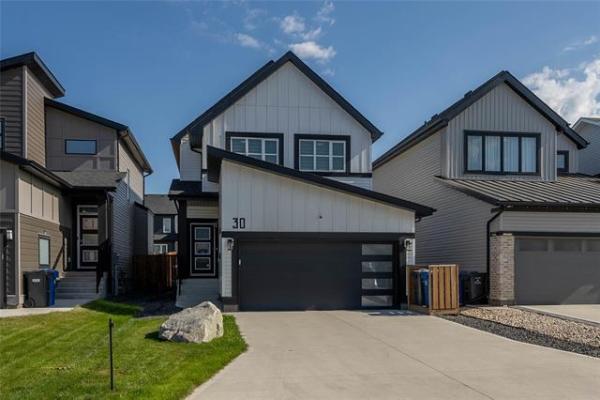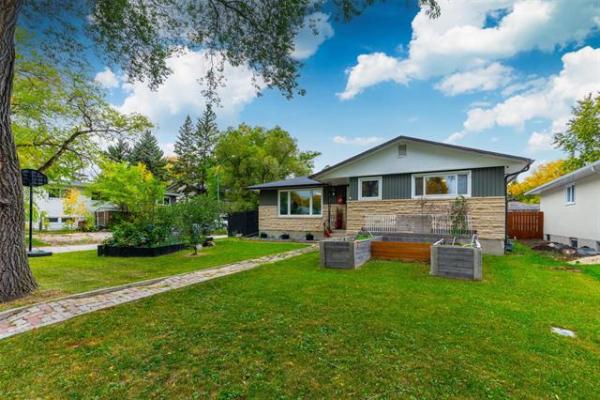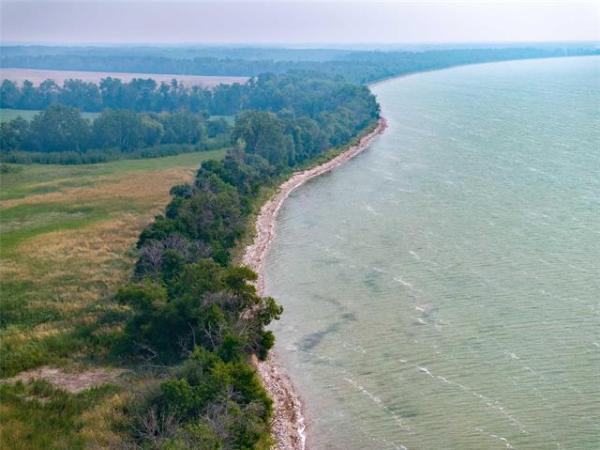Question: Our house is a split-level built in the early 60s, with an open-beam ceiling over two-thirds of the house. Ice damming and leakage into the house has been a problem during winter since we acquired the house three years ago. Snow will melt even at -10 C, as the roof slope faces south. The only way to prevent this has been to keep the open beam part of the house clear of snow. We recently removed some soffits and plywood to look in along the underside of the roofing material. As we suspected, the insulation was pushed right up against the underside of the roofing plywood. There were no insulation stops as far as we could see by moving the insulation back with a stick. The open beam is 30-feet long so wouldn't be impossible to work one-by-twos between the insulation and plywood, then turn them on edge to create ventilation channels to the ridge vent. Is there an alternative to lowering all the ceilings in the house or building up the roof with two-by fours-on edge?
Could we add rigid insulation to the roof using two-by-four strapping laid flat and then cover the roof with metal roofing? We hope this would provide more separation of the roofing material from the warmth of the inside of the home. Of course, with metal, there would be no leakage inside the house even if some snow melts on sunny February days. Would we cover the insulation with Tyvec-type wrap or use roofing felt? We look forward to your advice even though it is a winter problem. Now is the time to look after roofing concerns as not much can be done at 20 below.
Thank you,
-- Bruce Williams
ANSWER: This may seem like a funny time of the year to be talking about ice damming and winter roof leakage issues, but is actually the ideal season to explore this issue. You have hit the nail on the head when you have said it is difficult to do this type of repair in the middle of a freezing cold winter. I will provide a couple of possible solutions and hopefully answer your questions.
Your problem with ice damming and leakage in an older home with a vaulted ceiling is quite common. In my experience, it has become a particularly large issue with homes as old as yours, mainly in the last decade. I am not sure why many of these homes experienced little leakage for many years, even with ongoing ice damming, and suddenly the problems become serious. Perhaps, when the roofing is replaced for the second or third time something is disturbed, or simply the older plaster and interior components have developed cracks, openings, or enough minor moisture damage to become problematic.
You are correct the main cause of this problem is warm air leakage into a poorly vented roof system, often with minimal insulation.
There are two particular approaches to dealing with a vaulted roof. The first is to maximize the insulation level while maintaining a vented air space above the insulation, normally a minimum of five centimetres. The idea is that the vented airspace will provide enough outside air to cool the underside of the roof sheathing to prevent melting of the snow, and thus minimize ice damming. Unfortunately, this approach rarely works over the long term, unless you have very large roof joists, and high-density insulation. Most homes like yours have fibreglass batts or wood shavings packed into this space, neither of which is good at restricting air intrusion. In some cases, this type of insulation will only slow down the movement of air, just enough for it to cool past the dew point, causing condensation within the insulation or on the underside of the roof sheathing. This can often be the largest source of leakage with this style of roof, when the frozen condensation melts and runs back inside the house.
A better and more modern approach is to ignore ventilation altogether, and insulate with material that eliminates air and heat intrusion into the cavity below the roof sheathing. This can be accomplished from the exterior with rigid extruded polystyrene insulation, as you suggest, but the thickness will have to be substantial and the current insulation inside the cavity may need to be removed.
The most successful remediation requires removal of the leaky fibreglass batts and replacement with insulation that has a reasonable air/vapour barrier rating. Dense pack cellulose may be the most cost effective and environmentally friendly material for this purpose but it'll will only work if there is enough thickness to restrict air movement. That may not be possible in many older roof systems such as yours.
A better approach is to fill the entire cavity with either extruded polystyrene sheets or high-density blown-in polyurethane foam.
Both of these materials have the quality of good resistance to air movement, have a high R-value, and are extremely moisture resistant. While blown-in foam may be the most effective choice due to the ease of installation and complete coverage capabilities, it is the more costly. Often, a combination of rigid insulation, sealed along the top and edges with several centimetres of blown-in polyurethane is the most economical choice. It will be more labour intensive to insulate with this combination method, but the cost savings in material may make up for the higher wages required.
Either way, the existing roofing and sheathing will have to be removed to access the cavity, so repairs may only be practical when the roofing is near the end of its life.
Metal roofing may be a good option for longevity, but the vented air space that you suggest, alone, will do little to stop air intrusion from the house, which may be as much a cause of the leakage as the ice damming.
No matter what your choice of insulation material, the current view of most building scientists is that stopping air leakage into the roof system will cure the problems of condensation and ice damming much better than traditional insulation and ventilation methods.
Ari Marantz is the owner of Trained Eye Home Inspection Ltd. and the president of the Canadian Association of Home & Property Inspectors - Manitoba (www.cahpi.mb.ca). Questions can be emailed to the address below. Ari can be reached at (204) 291-5358 or check out his website at www.trainedeye.ca.
trainedeye@iname.com



